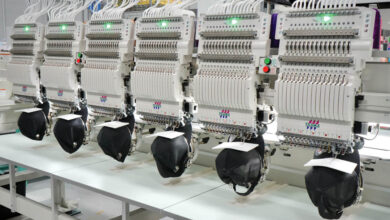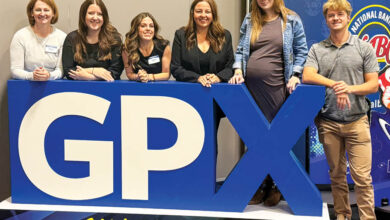Whether you’re an embroidery hobbyist or business owner, you’ve undoubtedly come across common machine errors, such as thread and needle breaks, registration issues, birdnesting, and more.
Luckily, several preventative measures out there will help reduce the amount of time you spend servicing your machine and increase business productivity.
If you missed the other troubleshooting hacks in this series, check out:
Part 1 on correcting and preventing thread breaks
Part 2 focused on needle breaks
Part 3 on birdnesting and its common causes
Today, we’re looking at the cause for distorted designs and how machine registration and proper digitizing play a role.
Understanding distorted designs
If you’re just getting into embroidery, prepare to hit a few snafus along the way. In which case, consider registration issues a rite of passage.
Loss of registration most commonly occurs on soft and stretchy materials, which causes the needle to move around during embroidery, leaving behind a distorted image.
To best avoid this, all designs should be digitized with the type of garment you’re embroidering in mind. For example, a flat design will not produce the best quality on a cap design since it doesn’t consider the curved surface of the hat.
To further alleviate registration issues on unstructured and stretchy fabrics, use a medium to heavyweight tearaway backing, double or even triple your tearaway backing to provide additional support, or consider spraying temporary adhesive spray to help secure the backing to the fabric.
So, you’re ready to digitize
When digitizing a design, it’s essential to keep in mind the garment you intend to use. For example, when embroidering a cap, remember to accommodate for its unusual shape by sequencing your stitches to embroider from the center of the design out.
Poorly digitized files often include many jump stitches, which is when the needle travels from one area of the design to another, dragging the thread as it goes. Not only is this more labor-intensive as it requires you to have to trim the leftover threads manually, but it can also result in puckering, leaving your end product looking less than ideal.
Density, or the distance between individual stitches, is another factor that significantly affects the overall quality and wearability of your design. With lower density, the stitch time is shorter, which reduces the chances of thread breaks and broken needles. But if your density is too high, you may end up with a distorted design, broken needles, thread breaks, and even fabric tears. When embroidering apparel, high density can also create a very stiff design that is uncomfortable to wear.
For more embroidery tips and machine embroidery projects, explore embroidery tutorials on YouTube and consider joining a network of embroiderers just like you.




